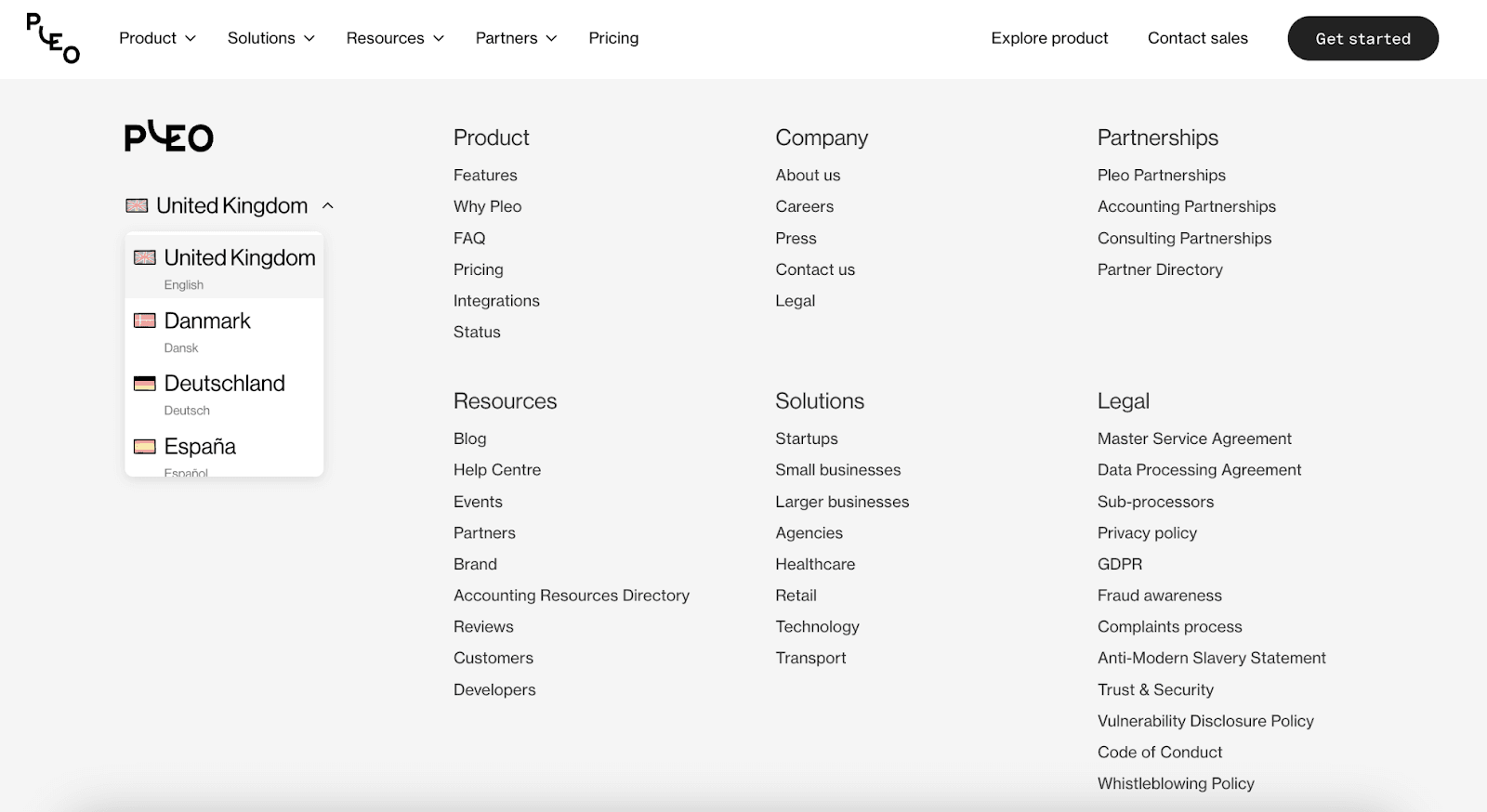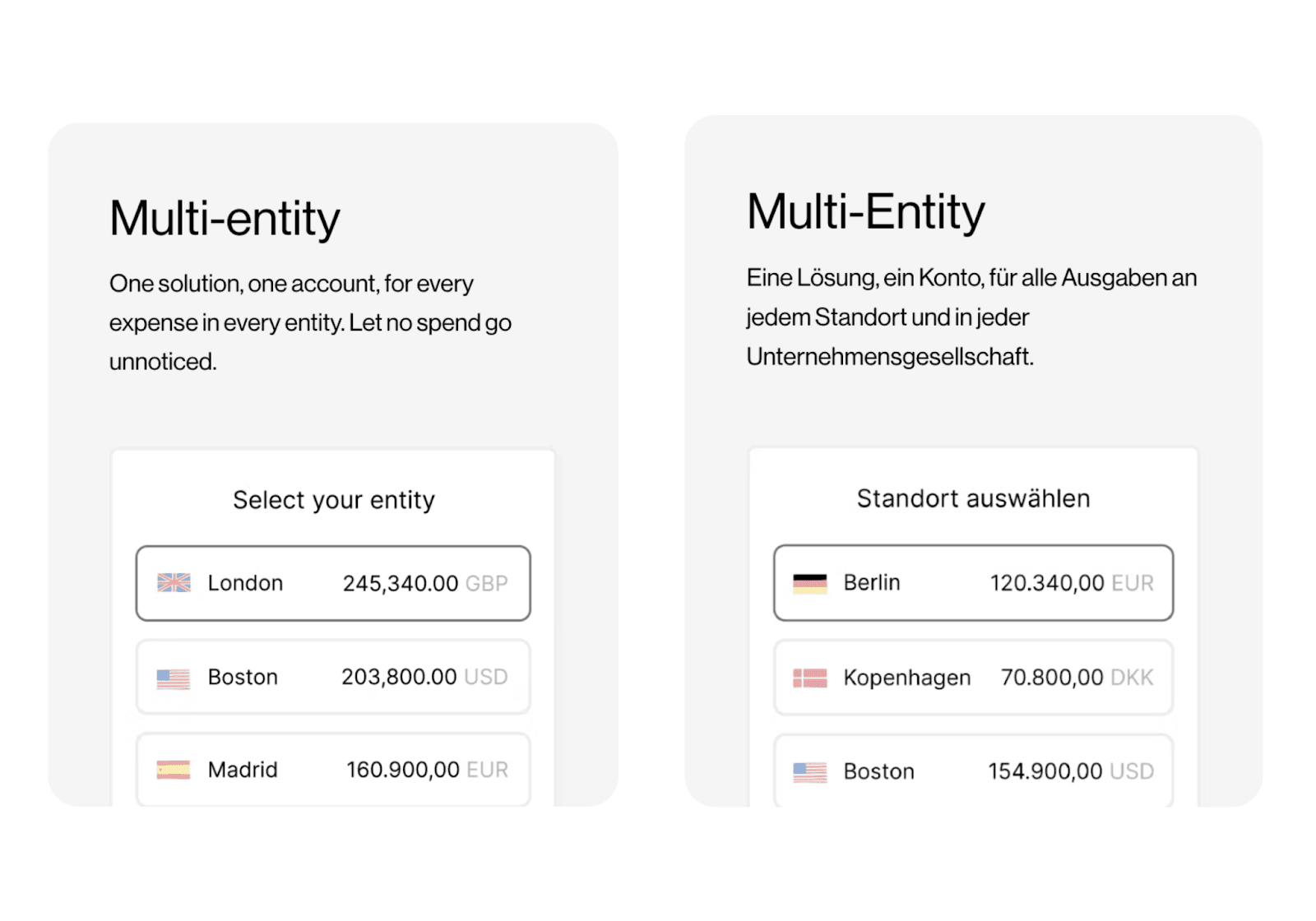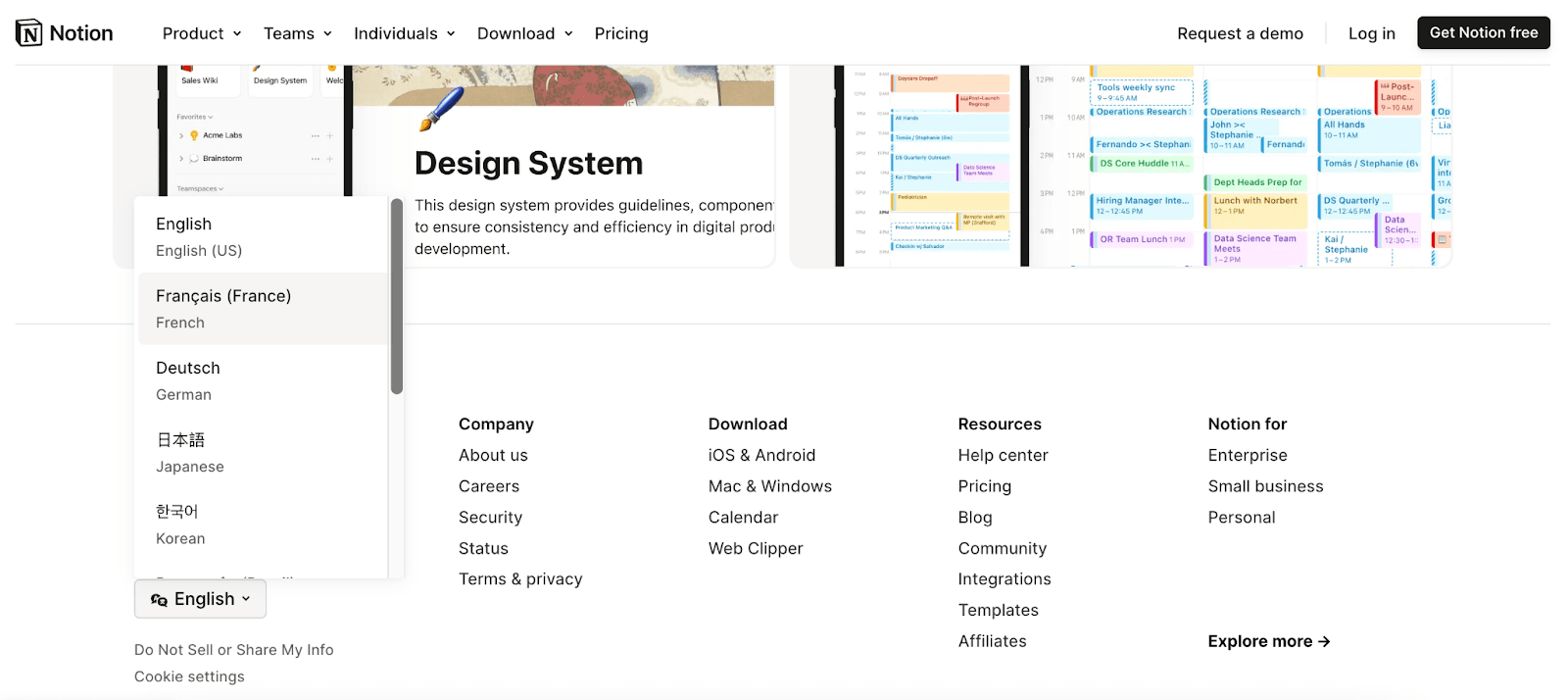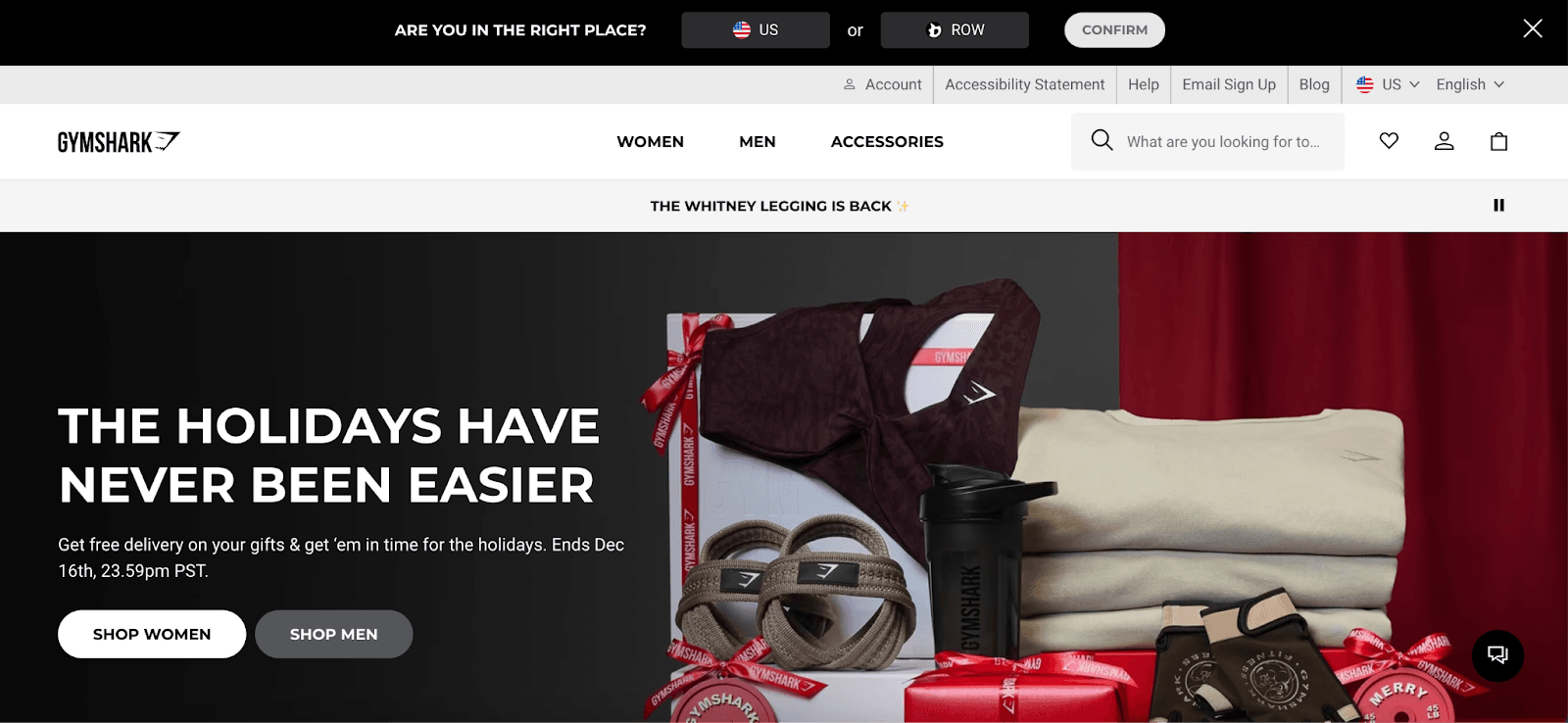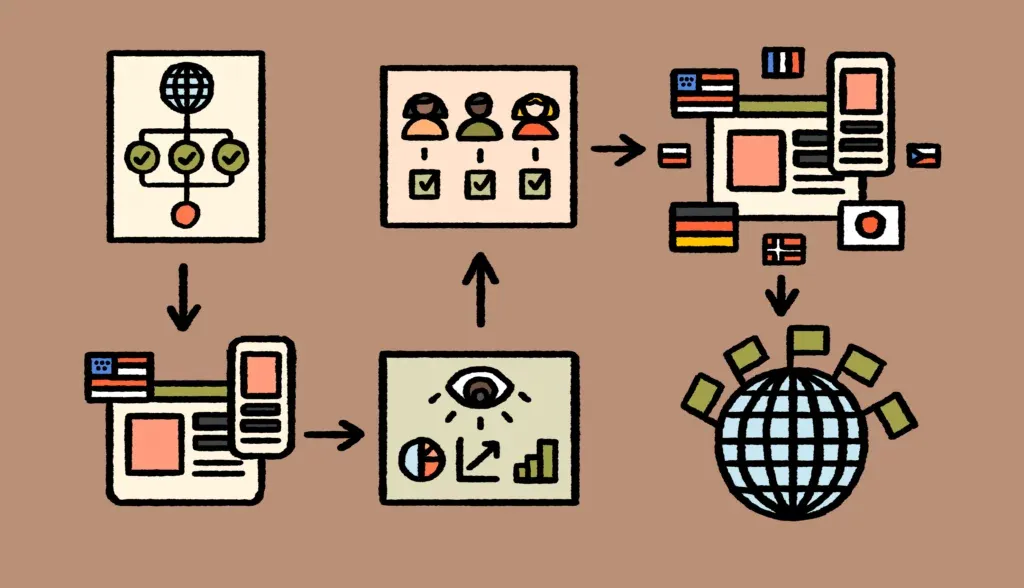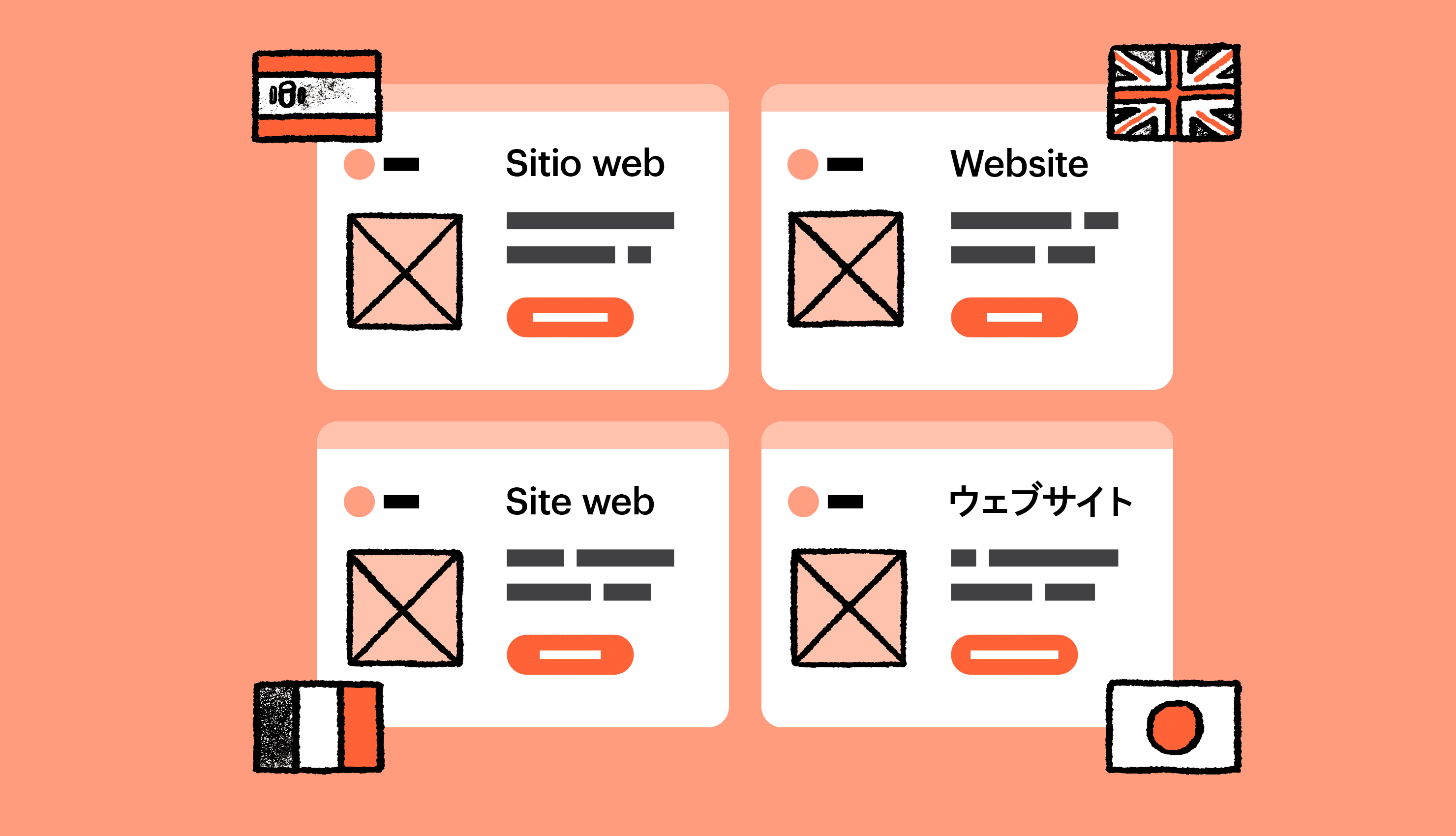4. Netflix: example of a multilingual website of a streaming service
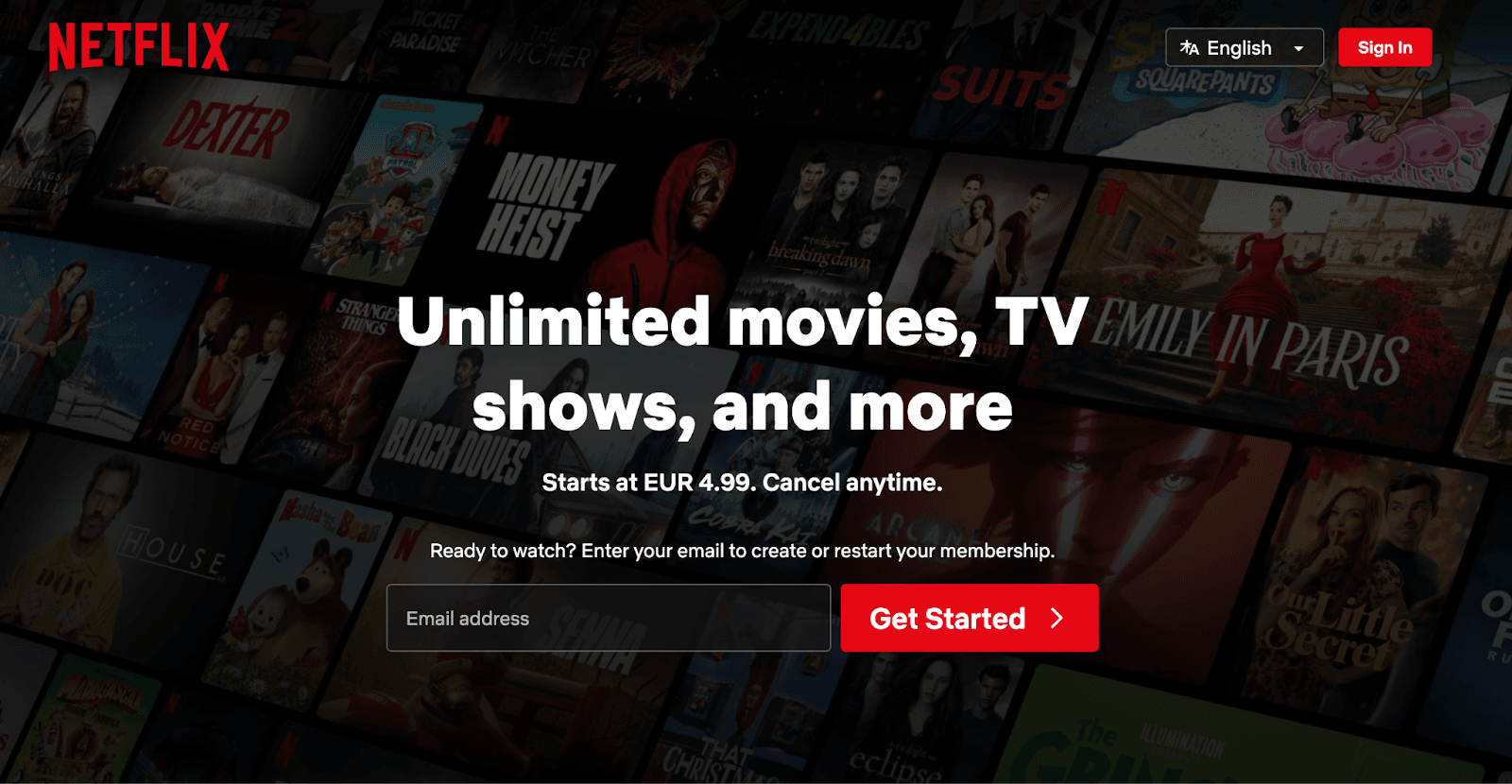
Netflix is a well known global streaming platform that offers a rich library of movies, TV shows, and award-winning original content. Available in over 190 countries, it combines technology with localized experiences. From subtitles and dubbing to other aspects of making the content feel region-specific, Netflix invests a lot into connecting with audiences worldwide.
What makes Netflix a great example
Netflix stands out as a great multilingual website because it prioritizes a seamless, localized user experience. It supports over 30 languages, with translated interfaces, subtitles, and dubbing to make content accessible worldwide.
Here’s what we love about it:
- Netflix uses advanced geolocation and browser language detection to recognize a visitor’s country and offer the website in their native tongue
- Even though Netflix auto-detects language preferences, users can manually change their preferences at any time in the setting
- You can browse most popular movies and TV shows in your country or worldwide, which makes the browsing experience highly relevant
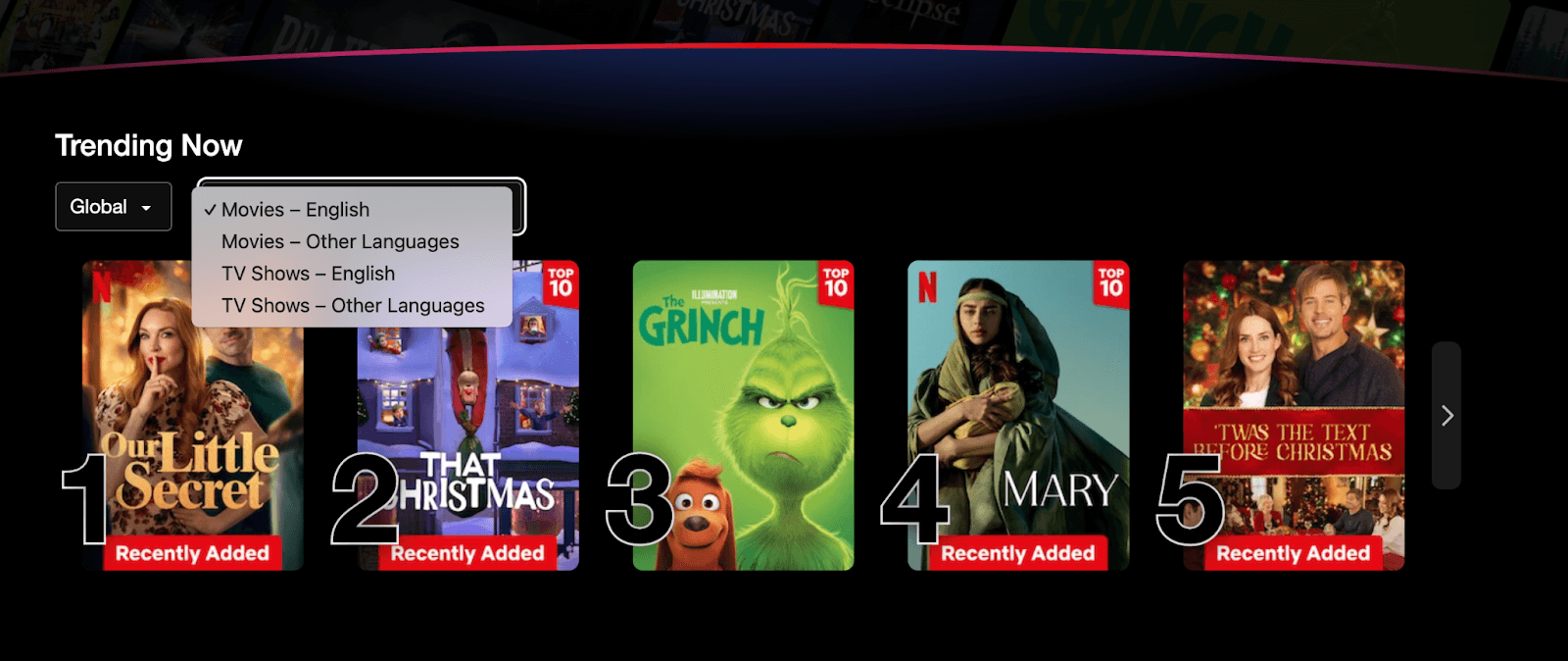
Netflix also allows you to browse movies and TV shows based on your language preferences. The way they approached both translation and localization is truly praiseworthy.
5. AirBnb: example of a multilingual website for booking homestays
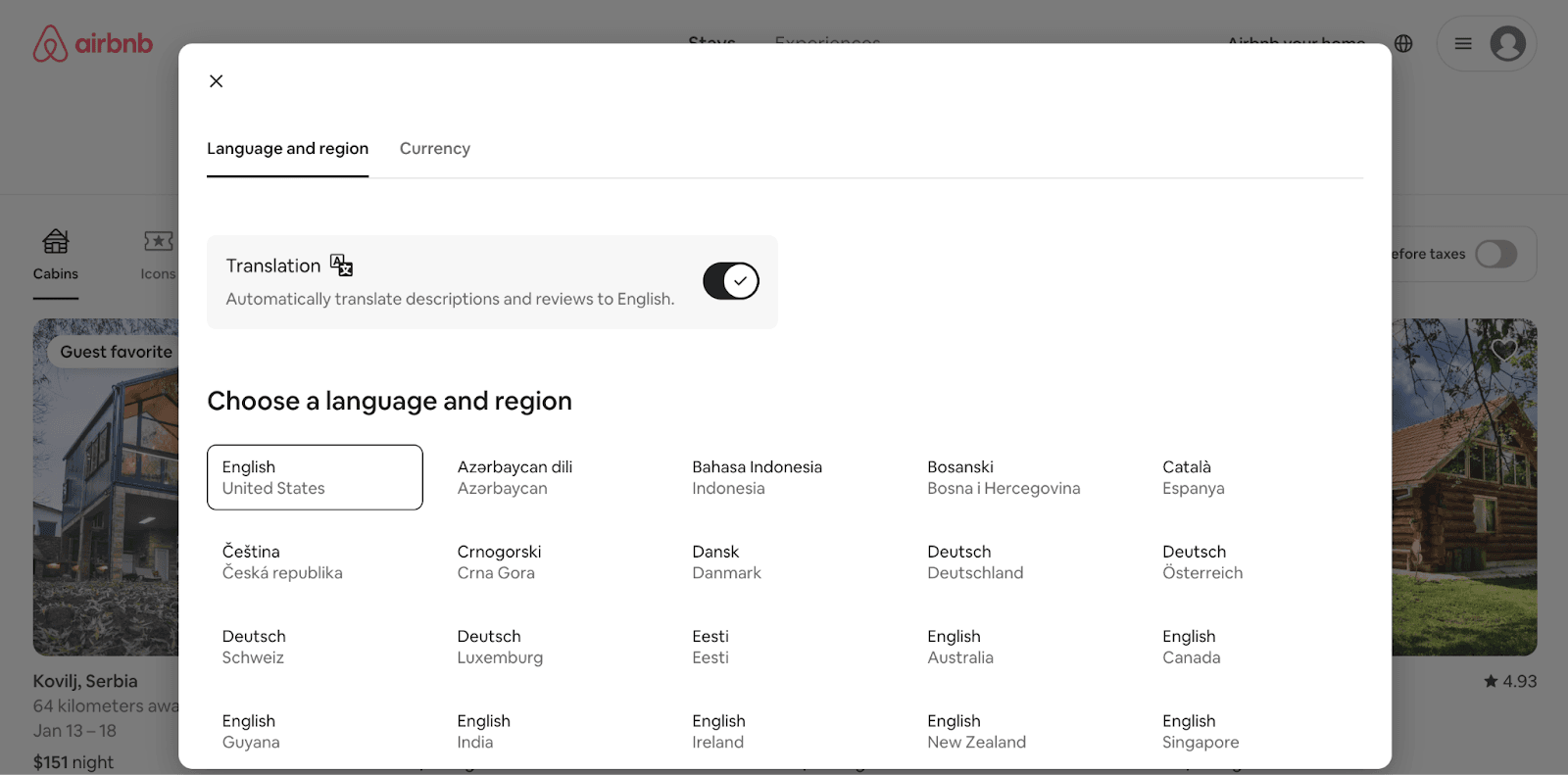
Airbnb is a well-known global platform that connects travelers with unique accommodations and experiences in over 190 countries. From cozy apartments to luxury villas, it offers options for every budget and preference.
What makes AirBnb a great example
Airbnb supports over 60 languages, automatically detecting users' location and browser settings to display the assumed preferred language. It also allows manual settings for region selection for added personalization.
Here’s why we love it:
- Users can choose to automatically translate descriptions and reviews to English with a simple toggle button
- They can set preferences for both languages and currency
- By default, prices are displayed in local currencies, and measurements (e.g., kilometers or miles) adapt to regional norms
When you explore AirBnb’s multilingual website, you’ll see the company invests a lot of effort into adapting its messaging, visuals, and recommendations to resonate with local cultures.
Still, AirBnb manages to maintain global consistency, which helped them create a recognizable brand, worldwide.


